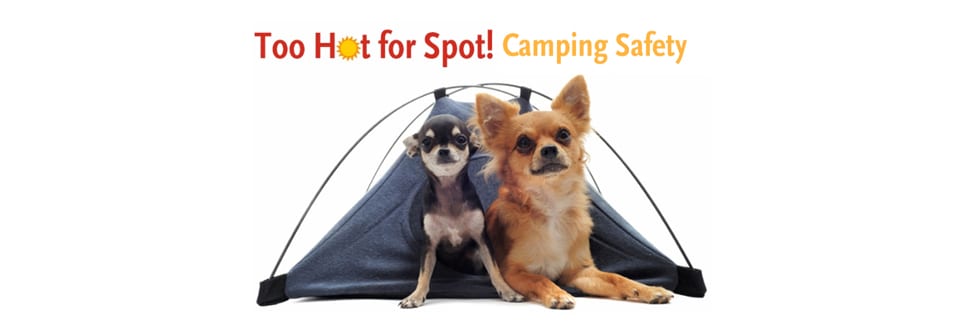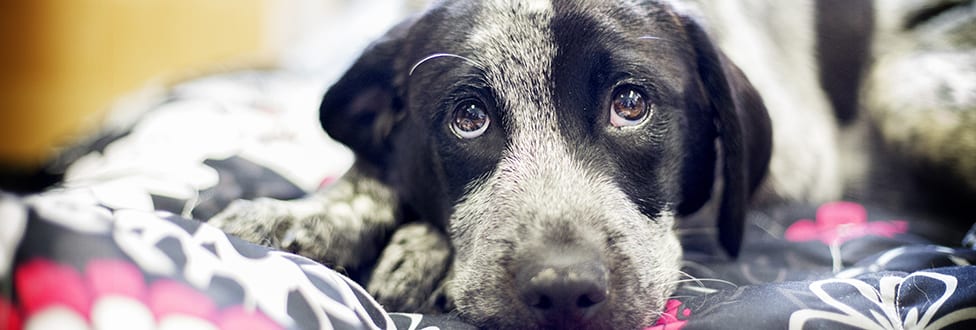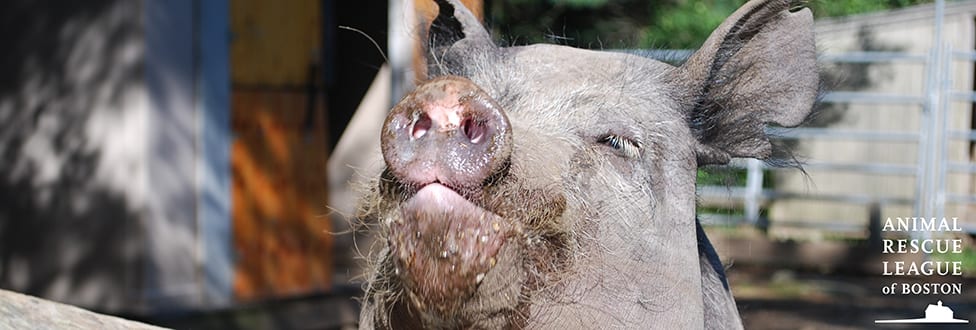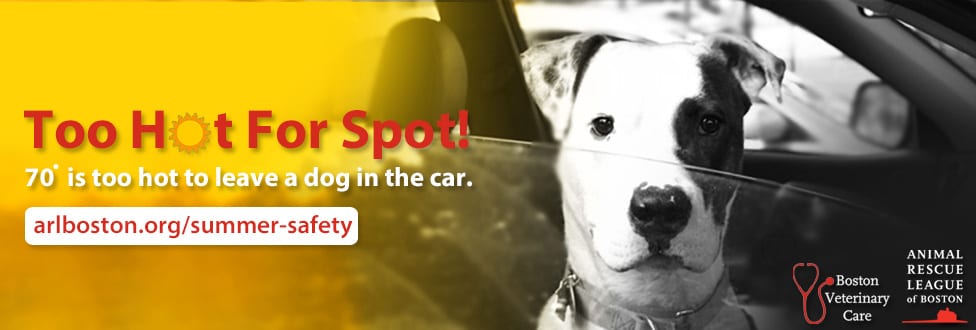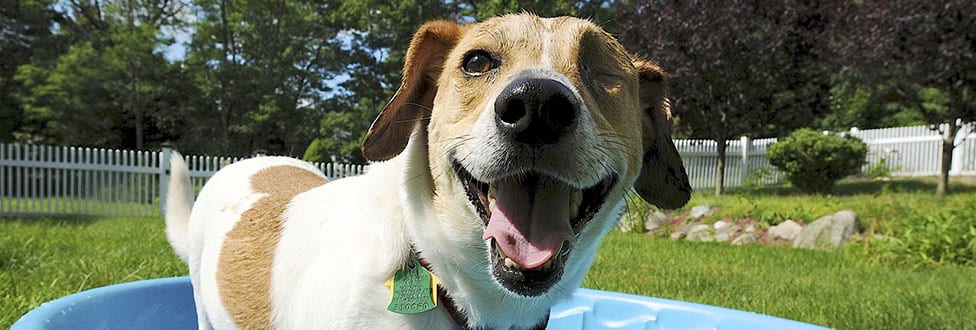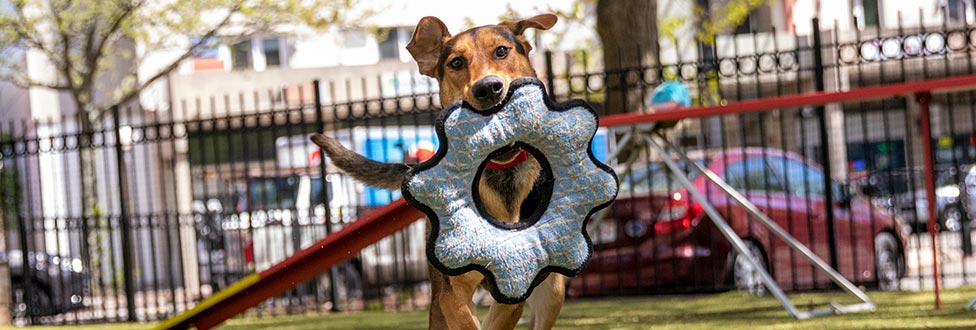BREAKING NEWS: Lowell Puppy Tossed Out of Moving Vehicle Now Recovering at the ARL
Lowell Puppy Austin needs your help with information related to his case
**Update: Austin has been adopted!**
The ARL is seeking the public’s assistance with information regarding a puppy thrown from a moving vehicle earlier this week in Lowell, Massachusetts.
On Monday afternoon, witnesses spotted an unidentified male suspect throw a puppy out of the driver’s side window near the Tsongas Arena while his vehicle was still in motion, and speed away from the scene.
Two kind citizens had been driving behind the suspect and immediately pulled over to help the approximately 10-week-old male teacup Yorkshire Terrier, now known as Austin. The pint-sized four pound dog appeared injured.
After contacting the Lowell police department to report the incident, one of these good Samaritans rushed Austin to the Wignall Animal Hospital in Dracut for emergency medical treatment.
“When he arrived at the animal hospital, sweet little Austin was clearly shaken up from the incident,” reports Darleen Wood, Lowell Police Animal Control Compliance Officer. “He had bleeding on the left side of his jaw and neck, and could not stop drooling and crying. He was clearly in a lot of pain.”
Hospital staff promptly treated Austin with pain medication and did a thorough exam, including full-body x-rays to check for broken bones. Overall, the emergency medical treatment incurred over $400 in veterinary expenses.
The Lowell Police animal control division contacted the ARL for assistance with Austin’s medical expenses, caring for him as he recovers, and the investigation in the case.
Make a donation to help cover Austin’s medical care and protect animals like him from cruelty and abuse in the future.
Fortunately for Austin, most of the wounds were superficial and he began to heal quickly. He arrived at the ARL on Wednesday afternoon for further veterinary evaluation and will soon go home with a dedicated ARL foster volunteer to complete his recovery.
While officials gather camera and video footage from the area of the incident, the ARL is also asking anyone who may have information in this case to come forward to help identify the suspect or the vehicle.
IF YOU SEE SOMETHING, SAY SOMETHING. Austin needs your help! If you have any information related to his case, please contact:
Animal Rescue League of Boston’s law enforcement department: (617) 226-5610
Lowell Police Department Crime Stoppers Tip Line: (978) 459-TIPS (8477)



